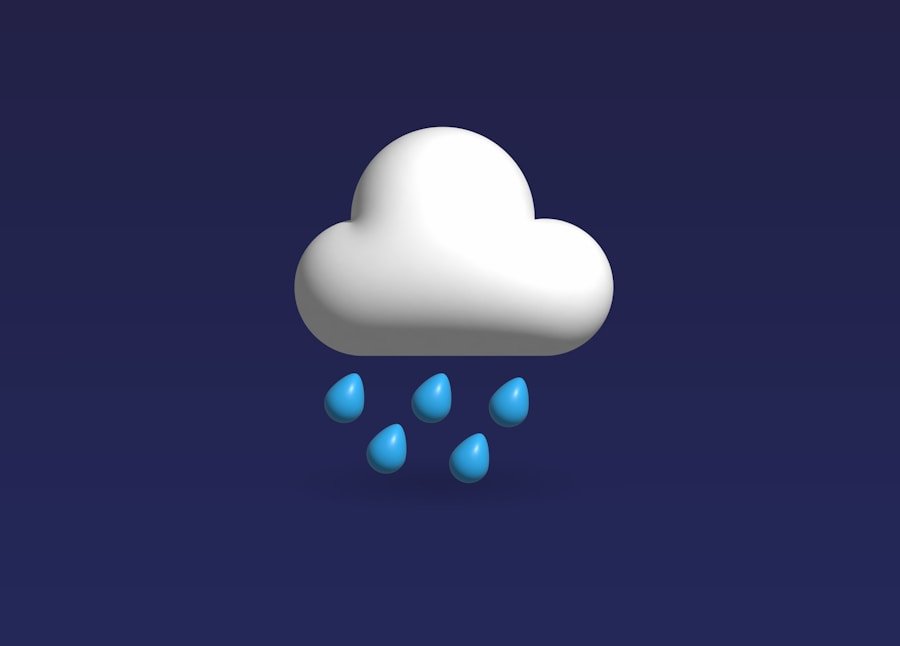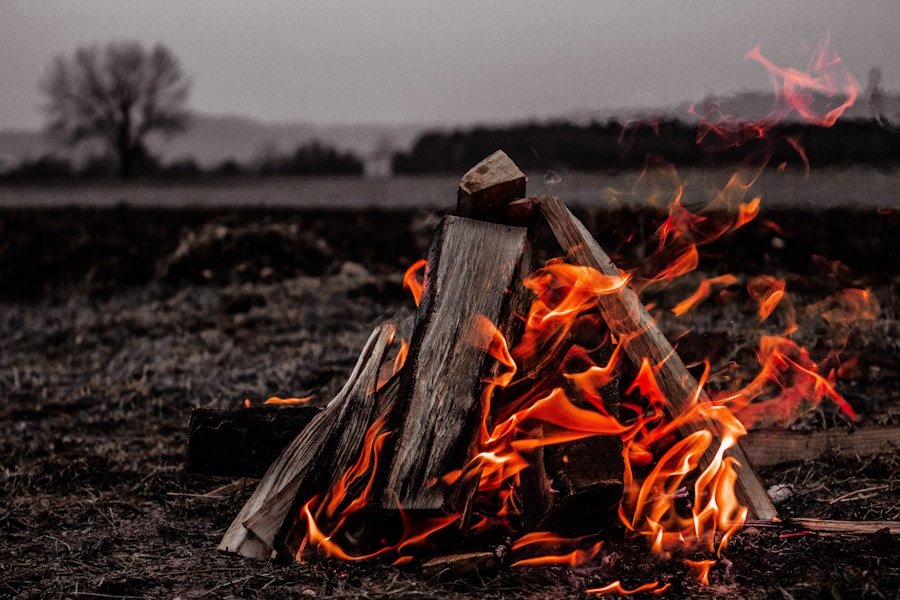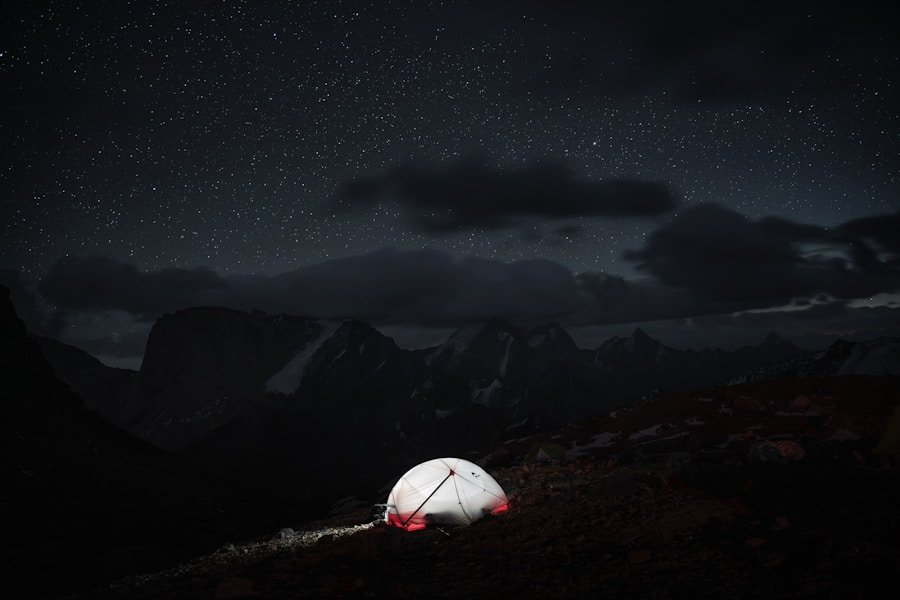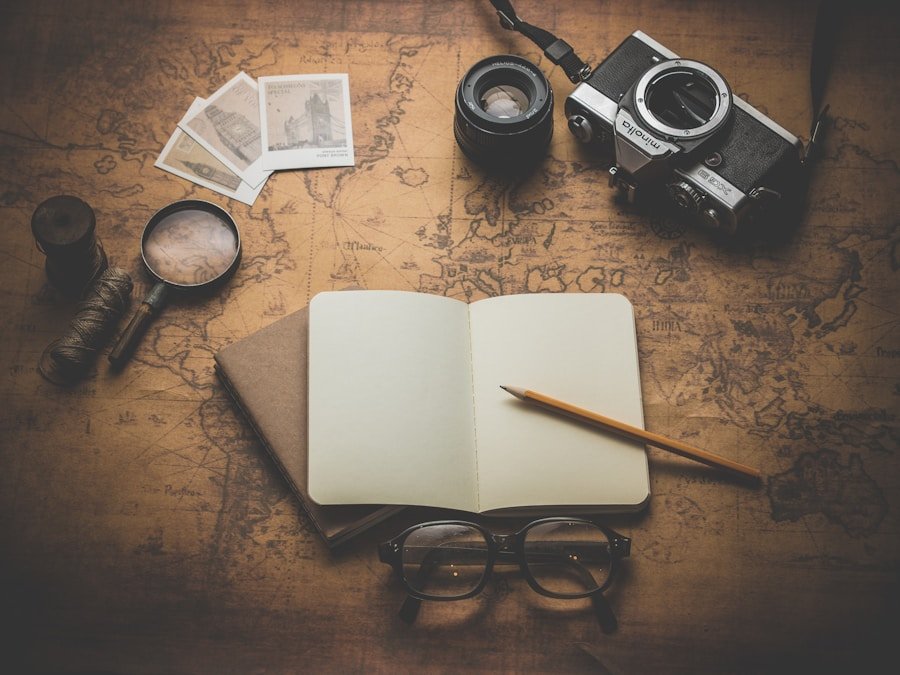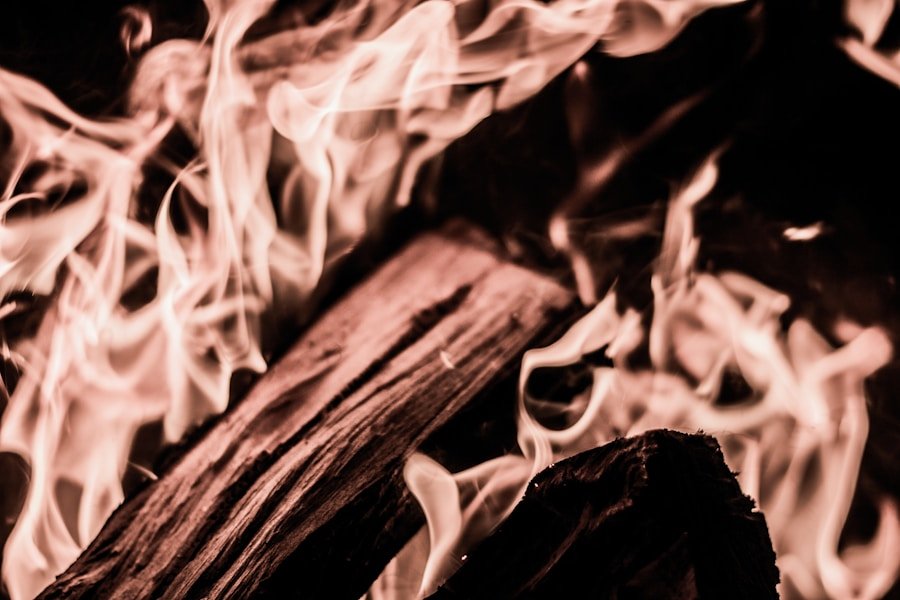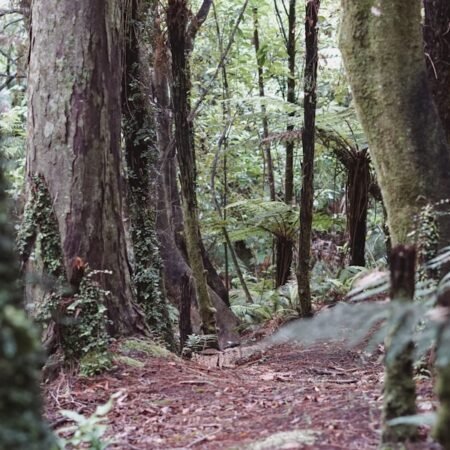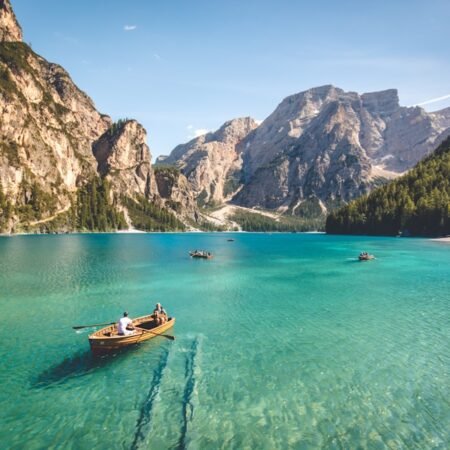Swimming holes offer a refreshing and natural way to cool off during hot summer days, making them an ideal destination for campers looking to escape the heat. Unlike crowded public pools or beaches, swimming holes are often secluded and surrounded by beautiful natural landscapes, providing a peaceful and serene environment for campers to enjoy. In addition to providing relief from the heat, swimming in natural water sources has been shown to have numerous health benefits.
The cool, clear water of swimming holes can be invigorating and rejuvenating, providing a welcome break from the rigors of camping and outdoor activities. Swimming in natural water sources can also provide a low-impact workout, helping to improve cardiovascular health and muscle strength. Furthermore, the natural minerals found in many swimming holes can have therapeutic effects on the skin, making them an excellent choice for campers looking to relax and unwind.
For many campers, swimming holes also offer a unique opportunity to connect with nature and experience the beauty of the great outdoors. Whether it’s the sound of rushing water, the sight of colorful fish swimming beneath the surface, or the feel of smooth rocks beneath your feet, swimming in natural water sources can be a truly immersive and sensory experience. In addition to the physical and mental health benefits, swimming holes also provide campers with a chance to explore and appreciate the natural world around them.
From hidden waterfalls and rock formations to lush vegetation and wildlife, swimming holes are often located in some of the most picturesque and unspoiled areas of the wilderness. For these reasons, swimming holes are an essential part of any camper’s summer itinerary, offering a perfect blend of relaxation, recreation, and natural beauty.
Key Takeaways
- Swimming holes provide a natural and refreshing way for campers to cool off and relax during hot summer days.
- Research and ask locals for the best swimming holes near your campsite to find hidden gems off the beaten path.
- Safety tips for swimming in natural water sources include checking for strong currents, wearing water shoes, and always swimming with a buddy.
- Bring essentials like sunscreen, water shoes, towels, and snacks for a day of swimming at a nearby swimming hole.
- Families and children can enjoy the best swimming holes that offer shallow areas, calm waters, and nearby amenities for a fun and safe experience.
How to Locate the Best Swimming Holes Near Your Campsite
Finding the best swimming holes near your campsite can be a rewarding and exciting adventure in itself. With a little research and exploration, campers can discover hidden gems that offer the perfect combination of beauty, safety, and accessibility. One of the best ways to locate swimming holes near your campsite is to consult local guidebooks, websites, or park rangers for recommendations.
These resources often provide detailed information about the best swimming spots in the area, including directions, safety tips, and any special features or attractions. Additionally, many camping and outdoor recreation websites offer user-generated reviews and ratings of swimming holes, providing valuable insights from fellow campers who have already visited these locations. Another effective way to locate swimming holes near your campsite is to simply ask locals or other campers for recommendations.
Whether it’s striking up a conversation with a friendly park ranger or chatting with fellow campers at a nearby campground, seeking out firsthand recommendations can lead to some of the best and most authentic swimming experiences. In some cases, locals may even be willing to share their secret spots or lesser-known swimming holes that are off the beaten path. Finally, for campers who are feeling adventurous and up for a challenge, exploring off-the-beaten-path areas or hiking along rivers and streams can lead to the discovery of hidden swimming holes that are not widely known or frequented by tourists.
By combining these methods and being open to new experiences, campers can uncover some of the most breathtaking and memorable swimming holes near their campsite.
Safety Tips for Swimming in Natural Water Sources
While swimming in natural water sources can be a fun and exhilarating experience, it’s important for campers to prioritize safety when enjoying these activities. Unlike controlled environments such as pools or beaches, swimming holes can present unique hazards and challenges that require careful consideration and preparation. One of the most important safety tips for swimming in natural water sources is to always assess the conditions before entering the water.
This includes checking for strong currents, underwater hazards such as rocks or debris, and any signs of pollution or contamination. Campers should also be mindful of changing weather conditions that could affect water levels or create dangerous situations. In addition to assessing the conditions, it’s crucial for campers to practice good water safety habits when swimming in natural water sources.
This includes never swimming alone, always supervising children closely, and avoiding risky behaviors such as diving into shallow water or swimming in unfamiliar areas. Campers should also be aware of their own swimming abilities and limitations, and avoid taking unnecessary risks in unfamiliar or challenging environments. Finally, it’s important for campers to come prepared with essential safety gear such as life jackets, first aid kits, and emergency communication devices in case of an accident or emergency.
By following these safety tips and being mindful of potential risks, campers can enjoy the benefits of swimming in natural water sources while minimizing the likelihood of accidents or injuries.
FAQs
What are swimming holes?
Swimming holes are natural bodies of water, such as rivers, lakes, or ponds, that are suitable for swimming and recreational activities.
How can I find swimming holes near my campsite?
You can find swimming holes near your campsite by researching online, using maps, asking locals for recommendations, or checking with the campground staff for nearby swimming spots.
What should I consider before swimming in a natural body of water?
Before swimming in a natural body of water, it’s important to consider the water quality, depth, currents, and any potential hazards such as rocks or debris. Always exercise caution and be aware of your surroundings.
Are there any safety tips for swimming in natural bodies of water?
Some safety tips for swimming in natural bodies of water include never swimming alone, being mindful of underwater hazards, avoiding strong currents, and always supervising children.
What should I bring to a swimming hole near my campsite?
When visiting a swimming hole near your campsite, it’s a good idea to bring essentials such as sunscreen, water shoes, towels, snacks, and water. Additionally, consider bringing a first aid kit and life jackets if needed.


